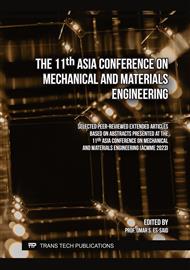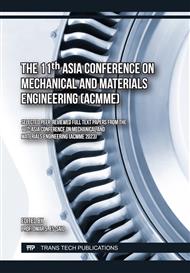p.3
p.9
p.17
p.23
p.33
p.39
p.47
Multi-Objective Optimization of Techno-Economic Feasibility of Heat Pipe Heat Exchanger (HPHE) for Air Conditioning Systems
Abstract:
In the HVAC system, the required energy consumption is very large so that energy saving processes are needed. One effective method in this energy saving process is the heat recovery process using a Heat Pipe Heat Exchanger. Various studies have been carried out regarding the application of HPHE in HVAC systems to reduce temperature and maintain air humidity. In its application, there are many factors that affect the effectiveness of using this HPHE. Therefore, in this research, an optimization process will be carried out by considering the number of HPHE modules, inlet air temperature, and inlet air velocity. The modelling is performed to predict energy recovery and payback period by using Response Surface Methodology (RSM). Optimization study was conducted to investigate the optimum energy recovery and payback period by varying HPHE parameters experiment.
Info:
Periodical:
Pages:
39-45
Citation:
Online since:
January 2024
Price:
Сopyright:
© 2024 Trans Tech Publications Ltd. All Rights Reserved
Share:
Citation:



